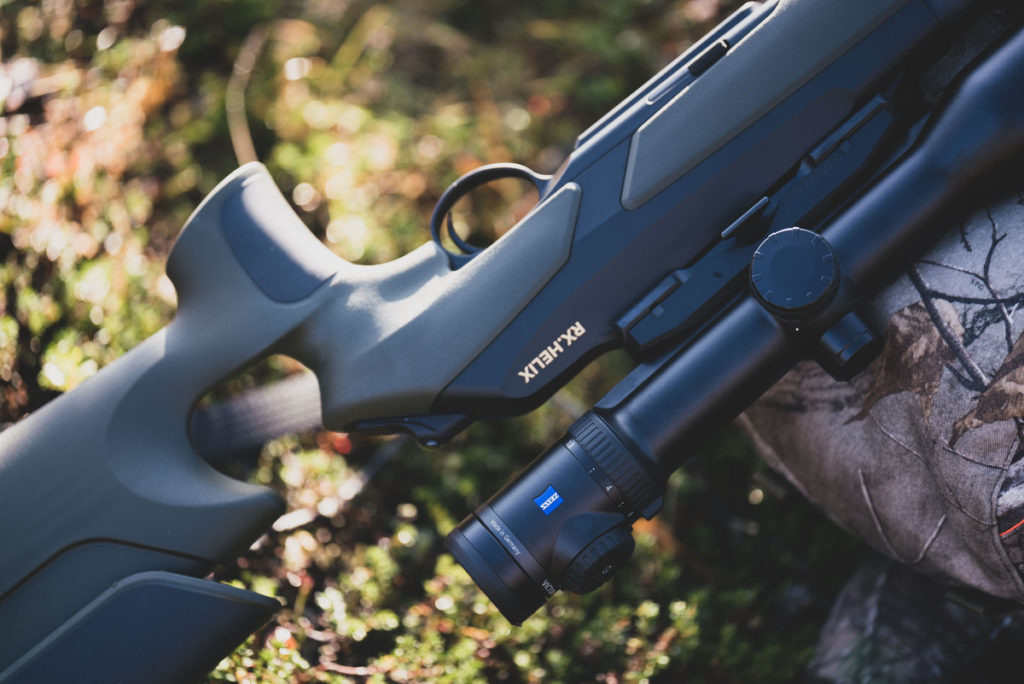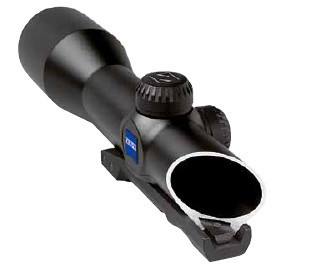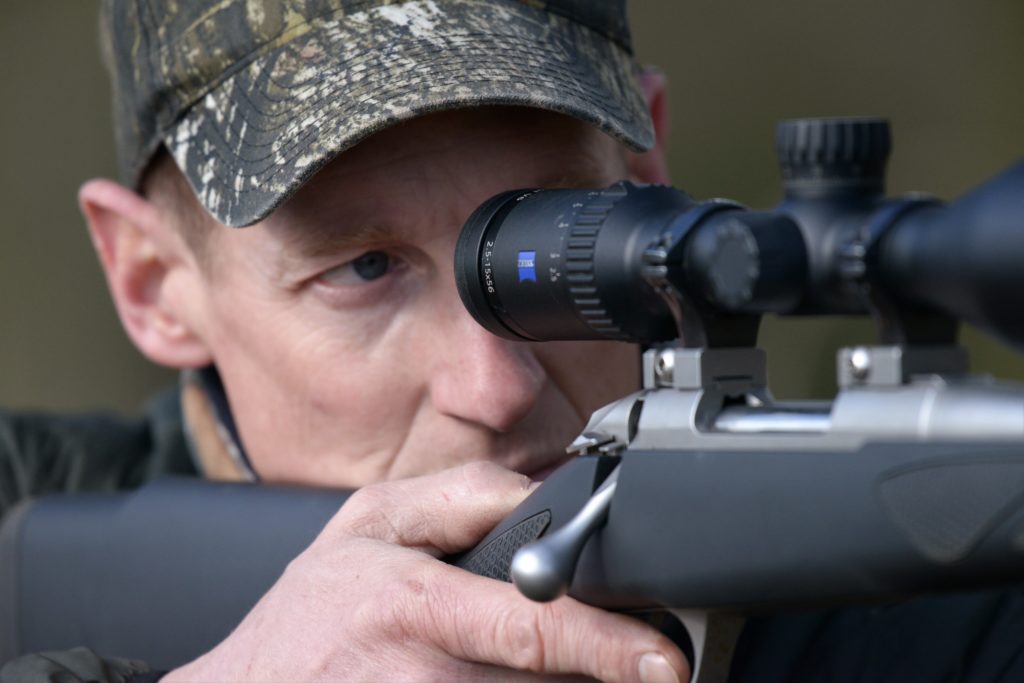A properly assembled rifle makes the difference between making the shot of a lifetime or missing.
Most riflescope models are available with or without an assembly rail. Assuming that everything was properly assembled, there is no difference regarding recoil resistance and accuracy.
Rings are used on riflescopes without a rail. They are attached either on the center tube or on the center tube and the lens tube. This ring mounting is standard in the USA and many other countries, but is not without problems.

Ring assembly 
Rail assembly
Ring Assembly
Before mounting, the riflescope must be aligned to the reticle very precisely. The rings must then be tightened using 8 screws. Missed shots are often the result of loosened screws. If the front ring sits around the lens tube and is tightened too much, it can damage the optics. Furthermore, the rings leave permanent indentations and grooves on the tube body when the eye relief is changed. Rings assembled incorrectly can even damage the riflescope.

Rail Assembly
According to experts, the best assembly system for riflescopes is the inner rail developed by ZEISS. A dovetail-shaped hollow rail runs along the lower part of the tube body made of a single piece of material. This is where mounting systems from different manufacturers are mounted with clamping elements – completely without tension, recoil-proof and invisible. No mechanical machining is required on the riflescope itself. This is the best technical solution which also has a very elegant appearance. Finally, the distance of the riflescope to the eye of the shooter can be quickly and easily changed without leaving a mark on the tube body – when the weapon changes hands, for example.

Proper Position of the Riflescope
The rail provides a lot of room to position the riflescope properly so that the eye relief of e.g. 9 cm is maintained when aiming while stalking game, when taking an off-hand shot while standing or when leaning against an object. This can be a different story when lying, uphill in the mountains or even when stand hunting.
When aiming while sitting, your head is often leaned forward and you can quickly lose 2 cm. A quick shot on a driven hunt is even worse. You move your head forward as with a shotgun and the eye relief decreases to 5 to 6 cm. With strong calibers, this is far too little to avoid a painful encounter with the eyepiece. You also lose a considerable part of the field of view.
Eyeglass wearers must pay additional attention. Their glasses usually sit 1 to 1.5 cm in front of their eyes and reduce the distance from the eyeglass to the eyepiece on the riflescope accordingly.

Additional Eye Relief while assembling the Riflescope
Some additional eye relief can be obtained while assembling the riflescope. Speak to the gunsmith of your choice and have him move the riflescope until the field of view fills the eyepiece, appears sharply defined and the tunnel vision is gone. You have now defined the full eye relief and the right position. The riflescope is now moved 1 to 1.5 cm forward and then mounted. This extra safety comes at the expense of a slight reduction of the field of view, but is easily absorbed by modern riflescopes including large fields of view.